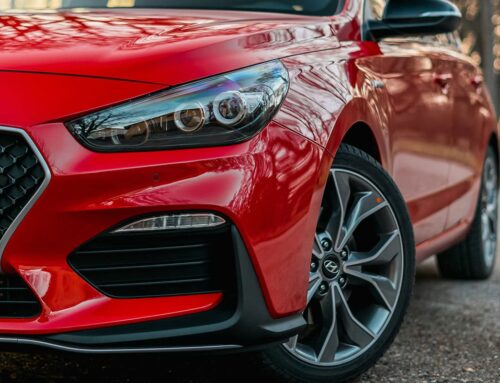It is the job of every fleet manager to find a way to make it greener. It is good for the environment but also really good for the company’s bottom line. There are a number of ways to go about getting there and it takes a holistic approach to really pull it off.
One of those ways is to use HVO since HVO fuel is a greener fossil-free diesel fuel and has a lot to offer. It isn’t made from fossil fuels so there are a lot of benefits that come from using it instead of white diesel or even switching to electric vehicles.
In this article, we will go over what some of those benefits are so you can decide if they are the answer when it comes to making your fleet greener.
What is HVO?
HVO stands for Hydrotreated Vegetable Oil fuel and is a paraffin-based diesel. There are many ways that HVO is different from fossil fuel based diesel, but chief among them is the fact that it is renewable. Since it is vegetable-based and synthetic, it doesn’t get pumped from the ground and can be grown in perpetuity.
Another bonus is that it will reduce emissions from your diesel fleet by up to 90%. This will have a huge impact on the environment. It is slightly more expensive than traditional diesel but it is also better on the engine and cleaner so you save the money in repairs and cleaning the gunk out of the motor over time.
How HVO fuel can be used
A huge benefit is that HVO is an alternative to diesel fuel which means that you don’t need to modify your diesel engine to use it. At the next fill up it can be used without any issues whatsoever.
This means that it can be used in any situation in which diesel fuel is used. Trains, generators, trucks, and all kinds of agricultural applications can all use HVO. There are no limitations when it comes to using it in the summer or winter as it responds exactly the same as white diesel.
There are no upfront costs since it can be added to the diesel already in the tank. There is no need to empty the tank first.
HVO vs Electric
There is a lot of focus being put on companies switching to an electric fleet. This is not an option for every business since it is a considerable investment. In both cases, there is a serious drop off in emissions so in that regard they are in the same league.
However, there is a question of infrastructure that makes the switch to electricity more complex. With HVO there is nothing needed to change with the infrastructure. This makes it very attractive.
Although switching to renewables as soon as possible is a big priority, it seems that it is going to take too long for the switch to electric to have much of an impact. HVO may be the way to get us there sooner.







Leave A Comment